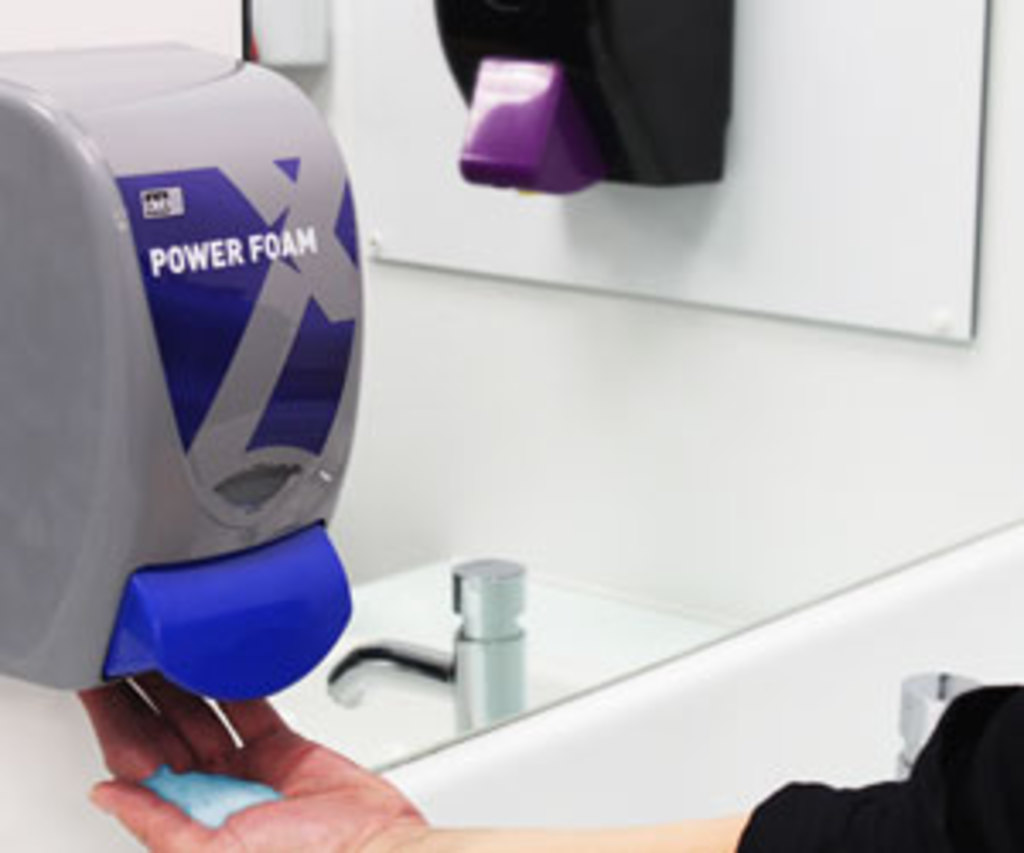
Kelly Rose
Editor

Kelly Rose
Editor
Managing occupational skin disorders this winter.
PERHAPS A little-known fact, the skin is actually the largest organ in the body. It performs essential functions for the body, including regulating temperature, sensing heat, cold and pressure. It forms a protective barrier against exposure to chemicals, microbes and other contaminants in our environment. Providing such an essential role, it is crucial that the skin is cared for.
During the winter months, the elements can be especially harsh on the skin and hands for those who work outdoors in particular. The number of occupational skin disorders (OSDs) is widely underestimated, despite them being extremely common – the European Dermatology Forum estimates that the scale of the problem is underestimated by up to 10 to 50 times. Looking out for the associated symptoms, raising awareness of how best to prevent and treat OSDs is key for those who work with their hands.
The science behind the skin
The skin is made up of three main layers, with the epidermis forming the upper layer. The outside of the epidermis is just 0.03-0.25mm thick and forms the main barrier against contaminants, whilst also preventing moisture loss. Easily damaged, this part of the skin can take up to 6 weeks to be repaired. Even over-washing or using an excessively harsh cleanser for the level of soiling can be detrimental to the skin.
What to look out for
The most common reason for OSDs is contact with contaminants. Oil, grease, dirt and grime can cause dryness and irritation if in direct contact with the skin, cold or wet conditions can also increase moisture loss, and thus lead to dryness in the hands that can lead to a skin issue.
Red, irritated and dry skin is often considered ‘part of the job’ for many people who work with their hands, but skin disorders can have severe, visible consequences for businesses and individuals. According to the European Agency for Safety and Health, the estimated cost of OSDs in the EU is in excess of £500m per year, with around 3 million lost working days each year.
Sore, cracked fingers and hands, along with other painful symptoms, can restrict hand mobility and the ability to carry out everyday activities, such as gripping tools or operating machinery. Simple tasks around the home, such as making a cup of tea, opening jars, and even turning taps can become an impossible or stressful challenge, putting strain on social and family relationships.
Disposable gloves can often be the first port of call when it comes to protecting the hands from these contaminants and can be very effective. However, they do not prevent the development of skin disorders themselves.
How do gloves cause problems?
In certain circumstances, synthetic latex gloves can be part of the solution, but when worn for long periods of time, this barrier can also be the cause of some serious skin complaints. When not wearing gloves, moisture passes through the skin and into the environment, and in doing so, it helps to regulate the temperature of the body. When wearing disposable gloves however, this moisture is trapped against the skin and can cause it to soften and wrinkle. This can cause the skin to weaken and, if this happens regularly, can cause OSDs.
Aside from this, gloves can also trap bacteria against the skin in a warm, moist environment that is ideal for their growth. If there are any small cuts on present on the skin under the gloves, these cuts can quickly become painfully infected and can impact on a person’s ability to work with their hands safely.
Protecting against skin issues at work
By taking a proactive approach to skin health, it is possible to mitigate against and prevent OSDs. Skin care specialists SC Johnson Professional recommend the following steps to employees:
Protection cream should always be applied before work – this will make the hands easier to clean at the end of a shift and strengthen the skin. This in turn, is kinder on the skin in cold weather.
Before applying hand cleaner, consider the kind of soiling on the skin. There are varying strengths and types of hand cleaner available; aim for the mildest cleaner that will remove the soiling from your hands, to avoid stripping any natural oils from the skin.
For more ingrained soilings, a hand cleaner with a non-abrasive scrubber could be used, which will give a deeper clean. SC Johnson Professional’s Power Foam range has been specifically designed to remove industrial soilings whilst also being kind to the skin.
Moisturising cream should be applied after a shift, which will help replenish the skin and restore its essential oils.
For more information on SC Johnson Professional’s skin care innovations and best practice, head to www.scjp.com


Denby Hall Way
Denby
DE5 8JZ
UNITED KINGDOM
01773 855 100